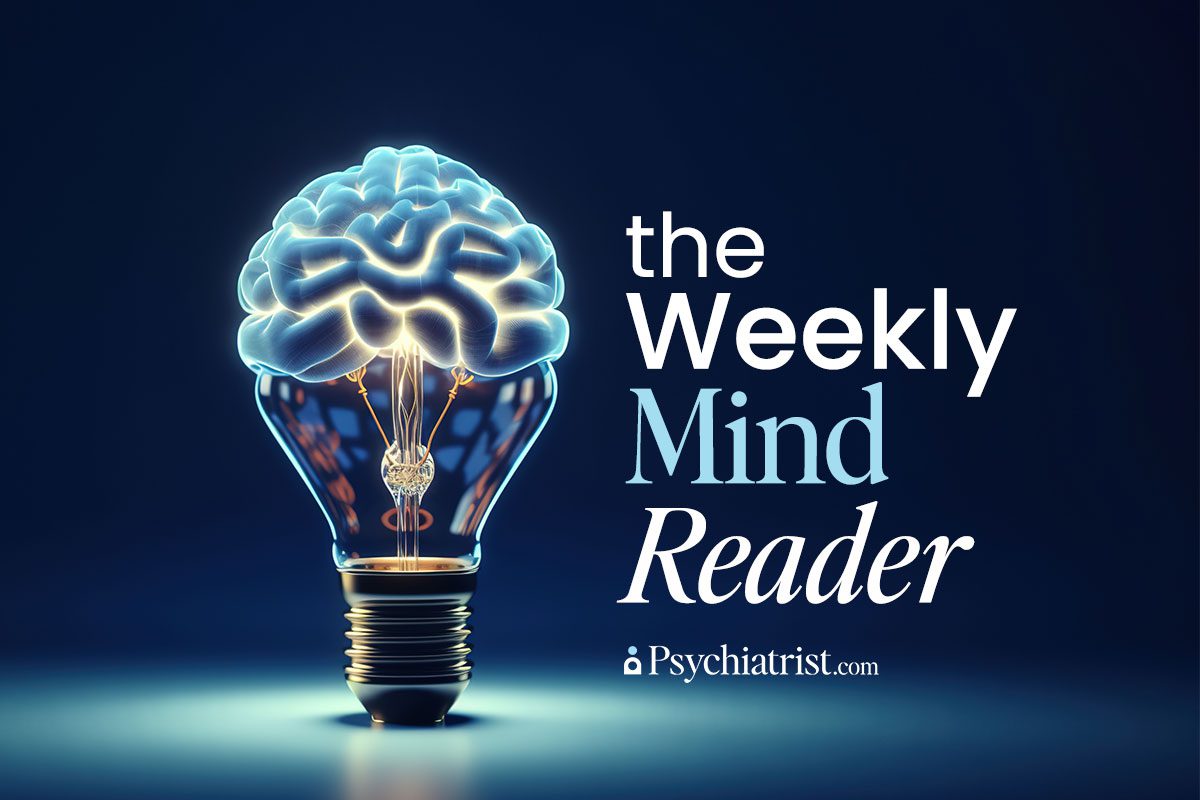As much as we love our dogs, and the billions we spend on them suggests it’s a lot, we might be stressing them out – without even knowing it.
New research from the University of Bristol shows that the smell of human stress acts as an “emotional contagion” in dogs. As a result, it pushes them to make more “pessimistic” decisions.
The study, appearing in Scientific Reports late last month, is the first “to test how human stress odors affect dogs’ learning and emotional state,” according to the authors.
“Understanding how human stress affects dogs’ wellbeing is an important consideration for dogs in kennels and when training companion dogs and dogs for working roles such as assistance dogs,” Nicola Rooney, PhD, Senior Lecturer in Wildlife and Conservation at Bristol Veterinary School and the paper’s lead author explained.
A New Kind of Smell Test
We’ve known for years that members of a group tend to observe and mimic one another. And several factors drive that automatic – mostly unconscious – behavior, whether it’s visual, auditory, or olfactory.
Additional research elaborated on that behavior, revealing that a stressed person’s smell can influence the decision-making and emotional stability of those around them.
What the Bristol Veterinary School researchers wanted to know was if the same thing happens to our canine companions.
“This close relationship over tens of thousands of years has led to dogs learning to read and respond to many verbal and non-verbal cues from humans,” the authors wrote. “Dogs follow human pointing gestures, gaze direction, can learn hundreds of words and respond to different vocal tones.”
Methodology
The research team enlisted 18 dog-owner partnerships to participate in a series of trials that exposed them to a variety of human scents. During these trials, the researchers – and the owners – trained the animals with a pair of food bowls. One bowl had a treat in it, while the other remained empty. Once the pets figured out which bowl was where, they ran over to the bowl with the treat much more quickly.
Then, the researchers tested the dogs to see how quickly they would approach a new, “ambiguous” bowl that the team placed somewhere between the other two.
If the dog approached the new bowl quickly, the researchers determined that the animal was “optimistic” about it also containing a treat. This, they suggest, reflects a positive emotional state.
Conversely, if the animal crept up on the new bowl more cautiously, the researchers suggested that it indicated “pessimism,” or a negative emotional state.
The team repeated the trials while exposing the dogs to:
- No odor.
- Breath and sweat odors from stressed humans (while taking a math test).
- Breath and sweat odors from relaxed humans (while listening to soundscapes).
Dogs Bogged Down by Stress
Researchers found that “the stress smell made dogs slower to approach the ambiguous bowl location nearest the trained location of the empty bowl.” The team didn’t notice that behavior with the animals under the influence of the relaxed smell.
As a result, the authors concluded that the stress smell might have increased the animals’ expectations that the new location didn’t have any treats, like the empty bowl nearby.
The researchers added that this pessimistic response is indicative of a negative emotional state. Because of that, the authors theorized, it could be a way for the canine “to conserve energy and avoid disappointment.”
Finally, the team also found that the animals “continued to improve their learning about the presence or absence of food in the two trained bowl locations and that they improved faster when the stress smell was present.”
“Dog owners know how attuned their pets are to their emotions, but here we show that even the odor of a stressed, unfamiliar human affects a dog’s emotional state, perception of rewards, and ability to learn,” Rooney added. “Working dog handlers often describe stress traveling down the lead, but we’ve also shown it can also travel through the air.”
Further Reading
Can Dogs Predict PTSD Flashbacks?
Dog Walking Linked to Surprisingly High Risk of Traumatic Brain Injury



